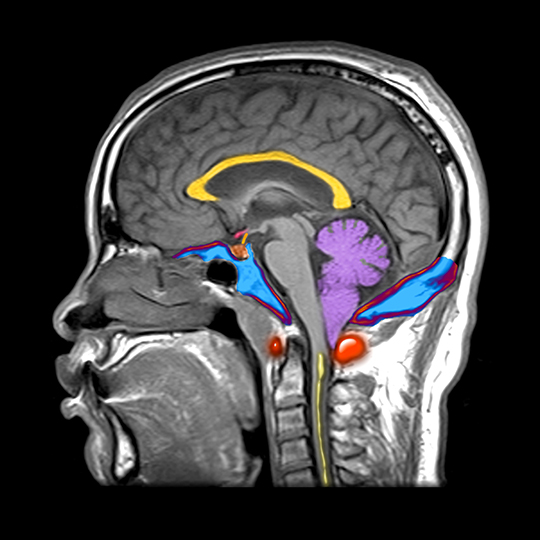We have 3 convenient locations throughout Southeastern Wisconsin.
What is a chiari malformation?
 Chiari malformations, also sometimes called Arnold-Chiari malformations, are names given to a set of anomalies of the base of the skull and cerebral spine.
Chiari malformations, also sometimes called Arnold-Chiari malformations, are names given to a set of anomalies of the base of the skull and cerebral spine.
These structural defects specifically affect the cerebellum, the part of the brain that controls balance. The brainstem and cerebellum protrude down into the spinal canal through the hole at the base of the skull. When part of the cerebellum sits below the foramen magnum, it is referred to as a chiari malformation.
Chiari malformations can cause symptoms that vary from irritating to disabling. These symptoms may include pain in the arm, decreased sensation in the arms or hands, coordination difficulties, headache and neck pain, swallowing difficulties and/or hoarseness. In some cases a chiari malformation is associated with a syrinx, which is an area of spinal fluid within the spinal canal rather than surrounding the spinal canal.
What are the causes of a chiari malformation?
The exact causes of Arnold-Chiari malformation are unknown. Theories relating to increased pressure above the cerebellum causing the downward displacement of it are most accepted.
It may occur from trauma to the skull or simply be present at birth due to genetic mutations or due to poor maternal diet.
How is a chiari malformation diagnosed?
The condition is diagnosed by magnetic resonance imaging (MRI), which allows evaluation of the cerebellum and other structures.
Dr. Ahuja and staff perform radiological procedures at The Brain and Spine Imaging Center, our state-of-the-art imaging facility in Franklin, Wisconsin.
Is surgery necessary for a chiari malformation?
Chiari malformation surgery involves a decompression of the area to relieve pressure on the cerebellum. This may include removal of a small portion of the skull covering the spine of the neck to provide extra room for the brainstem and cerebellum. In some cases a shunt (or permanent drainage tube) may be necessary to drain accumulations of spinal fluid within the spinal cord.
What are non-surgical treatment options for a chiari malformation?
A patient needing chiari malformation surgery depends upon several factors, including the intensity of the patient’s symptoms, age, the presence or absence of syringomyelia– cysts or cavities in the spinal cord.
A patient may be prescribed pain medication or anti-inflammatories, but this may only delay the need for surgery.

